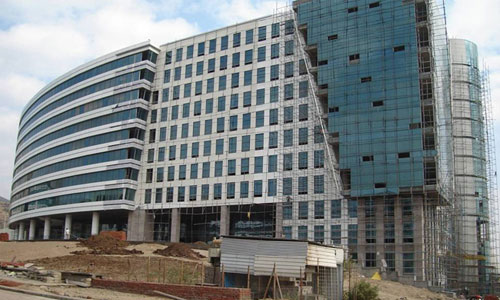By: Ravi Sinha
Track2Realty Exclusive
 SEZ was originally conceived on the premises that it will be like an “Island of Excellence” with world class infrastructure available to the user at globally competitive prices. It was aimed to assist both Indian entrepreneurs as well as global investors wanting to set up their manufacturing and services bases inIndia.
SEZ was originally conceived on the premises that it will be like an “Island of Excellence” with world class infrastructure available to the user at globally competitive prices. It was aimed to assist both Indian entrepreneurs as well as global investors wanting to set up their manufacturing and services bases inIndia.
Such a development would have helped to compete fiercely in the global market, especially post WTO. It was expected that India replicate such models across the country upon implementing few initial “genuineSEZs”. The said concept is predominantly based on accomplished models of Chinese success stories wherein, out of nowhere, several high profile and successful SEZs were created.
However, the difference between China and India is in the fact that while the Chinese Government built world class and world size infrastructure to attract huge investments globally, in India it is the responsibility of the private sector to develop world class infrastructure and subsequent to that attract investors to set up their manufacturing and service bases.
The policy makers seem to believe that once India provides the infrastructure for manufacturing and a tax free regime, the availability of cheap labour and raw materials will secure India a competitive advantage. But all these have been available in China for some time. More importantly, China has also invested in skills and training of a large work force that operates in its export factories; India is far behind in this respect.
As a result, while SEZs have failed to take off in India, the government is groping for fresh ideas and the developers who got into it for cheap land, tax concessions and brand value are struggling to fulfill the commitment. The road ahead is blurred and SEZs today stand as a case study in policy ambiguity, greed and wishful thinking.





